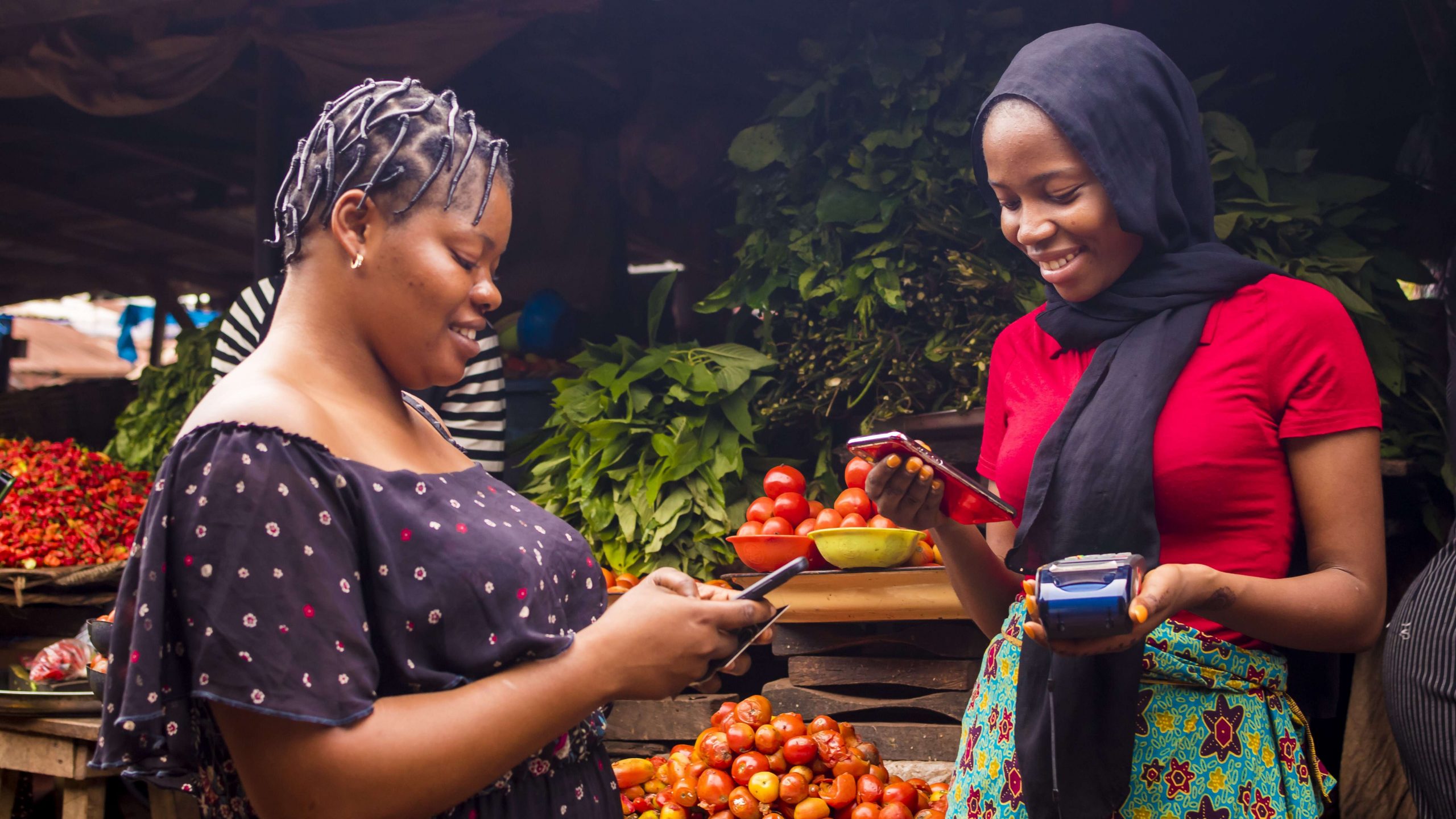The global mobile money industry processed more than $1 trillion worth of transactions in 2021, a new report by GSMA reveals.
According to the report titled, State of the Industry Report on Mobile Money 2022, the development represents a 31% year-on-year (YOY) increase driven by mobile money adoption, ecosystem transactions and the growth of agent networks. New customer uptake and a growing number of mobile money use cases are also at the heart of this landmark growth in the industry.
A rise in merchant payments, international remittances, and governmental humanitarian assistance are some of the factors that led to the 31% growth in transaction value over 2020.
In the same year under review, the number of registered mobile money accounts reached 1.35 billion globally. The figure represents an 18 per cent increase from the 1.10 billion accounts recorded in 2020. It is also 10 times more than the figure from 2012 (134 million).
Of the 1.35 billion accounts, 518 million were active on a 90-day basis. 346 million of these accounts were active on a 30-day basis. In comparison with 2012 figures, both figures suggest growth: an improvement of 15o% and 13o% respectively along the same parameters.


Agent networks, a key group in the mobile money ecosystem, also recorded some improvement. The number of active agents rose more than 10 times, from 534,000 in 2012 to 5.6 million in 2021. For transactions, the value cashed in and digitised via mobile money agent networks grew by 18 per cent in 2021. The agents processed $261 billion in transactions for the year or more than $715 million in transactions a day.
Mobile money services recorded huge success in many countries per the report. However, regulatory bottlenecks threaten its existence. Taxes, poorly implemented instant payment solutions are some of the challenges placing pressure on providers and customers.
In low-and-middle-income countries, women are still less likely than men to own a mobile money account. Lack of access to mobile phones, lack of awareness of mobile money and
a lack of perceived relevance, knowledge and skills limit women’s adoption of mobile money. These come with consequences for the global economy, despite pledges by mobile operators to reduce gender gaps.
Kenya and Ghana lead mobile money adoption in Africa


A report by American research firm Boston Consulting Group (BCG) found that Kenya and Ghana have the second and third highest mobile payment usage rates in the world, after China.
The study, Five Strategies for Mobile-Payment Banking in Africa, found that transactions via mobile wallets and phones were the equivalent of 87 per cent of GDP in Kenya and 82 per cent in Ghana.
Although Kenya is the bigger market, the World Bank recognised Ghana as the fastest-growing mobile money market in Africa over the last five years.
According to the Summary of Economic and Financial Data published by the Bank of Ghana in March 2021, the number of active mobile money accounts rose from 14.7 million in February 2020 to 17.5 million in February 2021, while the number of active agents rose from 235,000 to 465,000.
The report estimates that mobile payments revenue in Africa could rise from $3.5 billion to between $14 billion and $20 billion in 2025.
With their relatively mature mobile payments sectors, Kenya and Ghana account for much of the fintech business in Africa.
But both countries have had to overcome many hurdles over the years to emerge as the best in the fintech sphere in Africa, bypassing a number of regulatory and network bottlenecks that threatened to kill innovations in their infancy.
Kenya, nicknamed ‘Silicon Savannah’, can attribute its success in mobile money to telecommunications company Safaricom, which birthed the idea of mobile money.
Mobile money across Africa


Mobile money transaction values grew 39 per cent in 2021 in Africa to US$701.4 billion – making up about 70% of global transaction values which hit over $1 trillion for the first time in 2021, according to the GSMA’s report.
GSMA found that in 2021, the mobile money adoption grew significantly, with sub-Saharan Africa accounting for 53% of active accounts while South Asia now has around 20% of global accounts and East Asia and the Pacific have about 19%.
Impressively over the past ten years, mobile money has grown from a niche offering to a global financial service that is transforming the lives of hundreds of millions of people around the world.
Ashley Olson Onyango, head of financial inclusion and agritech at GSMA, speaking to African journalists at a virtual roundtable.
Olson Onyango said the number of active mobile money agents has also grown more than ten times, from 534,000 in 2012 to 5.6 million now.
Globally, there are 316 live mobile money services with 173 of those in Africa and 161 in sub-Saharan Africa alone. The African region with the most services is West Africa with 69, followed by East Africa with 59 services.
“East Africa was certainly a region that was a trailblazer for the adoption and uptake of mobile money. While we still see a very strong hold on the market share of registered accounts and transactions in East Africa, we are seeing great growth in both West Africa and Central Africa,” said Olson Onyango.
East Africa still has the most registered accounts at 296 million, growing 15 per cent in 2021, but West Africa is catching up with 237 million accounts and grew faster last year at 20 per cent.
Central Africa has about 60 million accounts, growing 19 per cent for the year; North Africa grew 13 per cent to 15 million registered accounts; and Southern Africa brings up the rear with 13 million accounts, up 8 per cent for the year.
Boston Consulting Group estimates that by 2025, the ultimate size of the market across Africa could be as high as 850 million customers, supporting between $2.5 trillion to $3 trillion in transaction volume and $25 billion to $30 billion in yearly revenue from the financial transactions alone.






